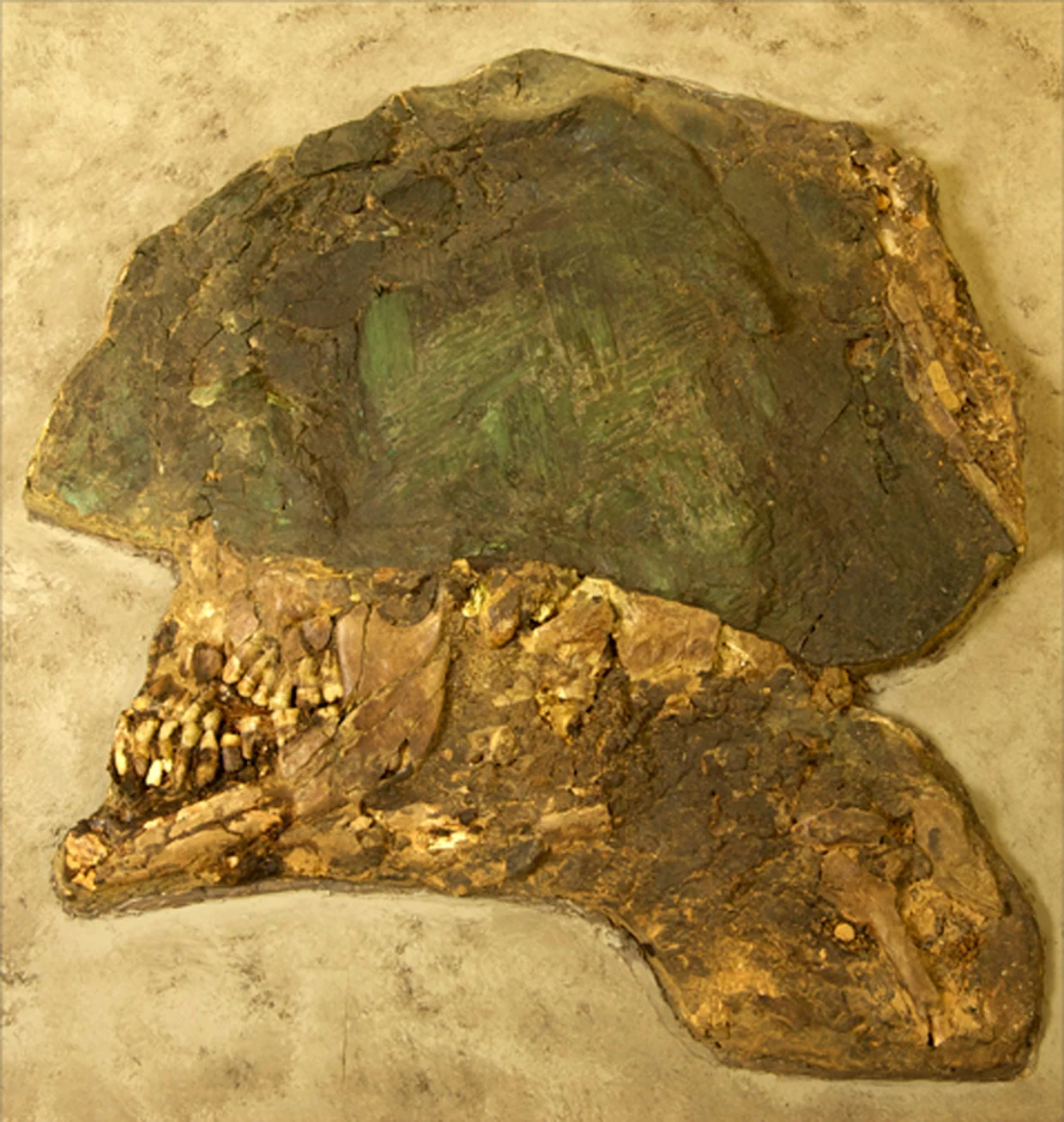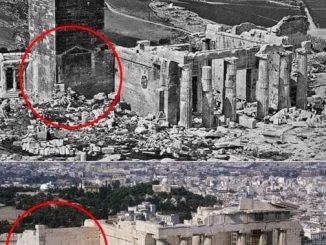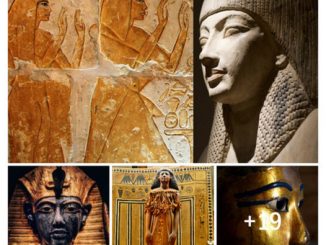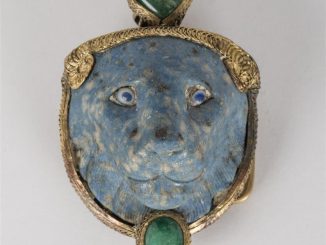Nestled within the ancient city of Ur in Iraq lies a remarkable archaeological site known as the “Great Death Pit,” a mass burial place of royal retainers from the Sumerian period. Among the treasures unearthed from this site is the crushed skull of a male guard adorned with a metal helmet, discovered within the tomb of the Sumerian Queen Puabi. This extraordinary artifact, dating back to 2600 BCE, offers a fascinating glimpse into the ancient world and the customs of Sumerian royalty. Join us as we delve into the story of this remarkable discovery and the insights it provides into the past.

Unveiling the Great Death Pit of Ur
The Great Death Pit of Ur is a site of profound archaeological significance, offering a window into the burial practices and rituals of the Sumerian civilization. Discovered in the early 20th century by renowned archaeologist Sir Leonard Woolley, the pit contained the remains of numerous individuals, including Queen Puabi and her retinue of guards and attendants. Among the artifacts recovered from the pit was the crushed skull of a male guard, his metal helmet a poignant reminder of his role in protecting the queen in life and death.
Guarding Queen Puabi in the Afterlife
The discovery of the male guard’s crushed skull within Queen Puabi’s tomb provides intriguing insights into the beliefs and customs surrounding death and the afterlife in ancient Sumeria. The inclusion of retainers and guards in royal burials suggests a belief in the continuation of hierarchy and service beyond death, with loyal servants accompanying their masters into the next world. The presence of the metal helmet indicates the importance of protection and security even in the realm of the deceased, reflecting the Sumerians’ reverence for authority and order.
The Journey to Penn Museum: Preserving Ancient Treasures
Following its excavation, the crushed skull of the Sumerian guard, along with other artifacts from Queen Puabi’s tomb, found a new home at the Penn Museum in Pennsylvania. Here, they are meticulously preserved and studied, offering scholars and visitors alike the opportunity to learn about ancient Sumerian culture and history. The museum’s efforts in conservation and education ensure that these invaluable artifacts continue to inspire curiosity and wonder for generations to come.
Reflecting on the Meaning of Archaeology
The discovery of the crushed skull of the Sumerian guard and other artifacts from Queen Puabi’s tomb highlights the importance of archaeology in uncovering and preserving our shared human heritage. Through careful excavation and analysis, archaeologists are able to piece together the stories of past civilizations, shedding light on their beliefs, customs, and achievements. By studying artifacts like these, we gain a deeper understanding of the complexities of human existence and the interconnectedness of cultures throughout history.
In conclusion, the crushed skull of the male guard from Queen Puabi’s tomb serves as a poignant reminder of the mysteries and wonders of the ancient world. As we marvel at the craftsmanship and symbolism of this artifact, let us also consider the broader implications of archaeology for our understanding of the past and its relevance to the present. Through our engagement with archaeological discoveries like these, we gain a greater appreciation for the diversity and richness of human history, and the enduring legacy of civilizations long gone


